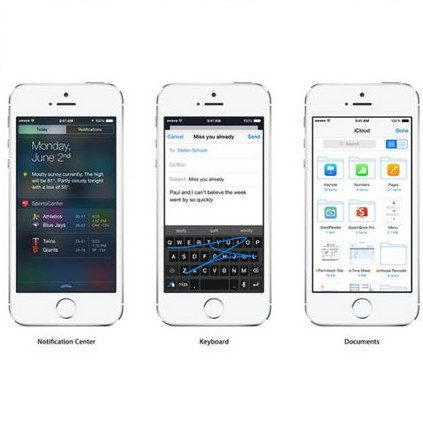Recently, influence functions present an apparatus for achieving explainability for deep neural models by quantifying the perturbation of individual train instances that might impact a test prediction. Our objectives in this paper are twofold. First we incorporate influence functions as a feedback into the model to improve its performance. Second, in a dataset extension exercise, using influence functions to automatically identify data points that have been initially `silver' annotated by some existing method and need to be cross-checked (and corrected) by annotators to improve the model performance. To meet these objectives, in this paper, we introduce InfFeed, which uses influence functions to compute the influential instances for a target instance. Toward the first objective, we adjust the label of the target instance based on its influencer(s) label. In doing this, InfFeed outperforms the state-of-the-art baselines (including LLMs) by a maximum macro F1-score margin of almost 4% for hate speech classification, 3.5% for stance classification, and 3% for irony and 2% for sarcasm detection. Toward the second objective we show that manually re-annotating only those silver annotated data points in the extension set that have a negative influence can immensely improve the model performance bringing it very close to the scenario where all the data points in the extension set have gold labels. This allows for huge reduction of the number of data points that need to be manually annotated since out of the silver annotated extension dataset, the influence function scheme picks up ~1/1000 points that need manual correction.
翻译:暂无翻译


